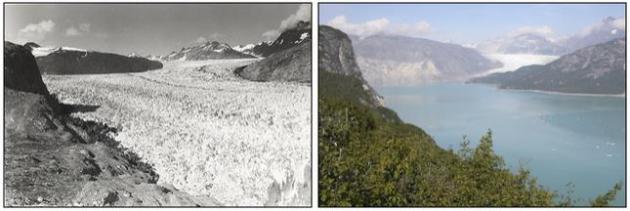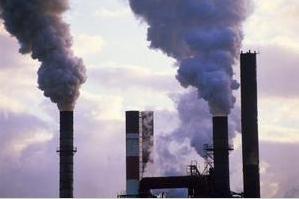-3 F. wake-up temperature at KMSP Monday morning.
5 F. high in the Twin Cities Monday.
23 F. average high on January 12.
40 F. high on January 12, 2014.
4″ snow on the ground in the Twin Cities. Duluth reports 6″, 14″ at International Falls.
January 12, 1987: Warm air invades Minnesota with a balmy high of 48.
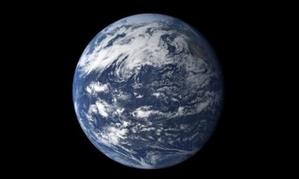
“If we aren’t there speaking on the science, people skilled in messaging, such as attorneys and lawyers, will fill the gaps.” – Marshall Shephard, President of the American Meteorological Society.
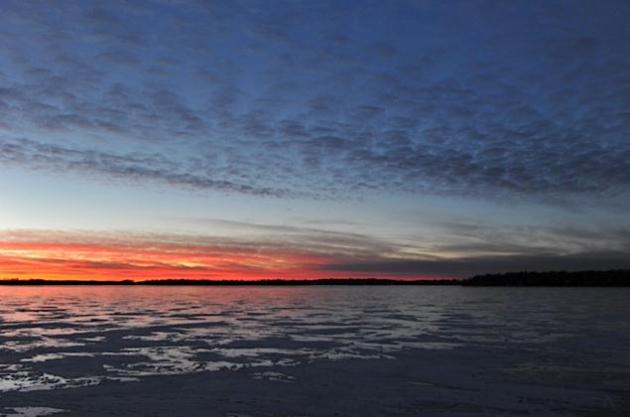
Not Quite Average
If you have one foot in ice water, the other in boiling water, do you feel average? Meteorologists track a rolling 30-year average for temperature and moisture, to provide perspective.
It’s been more than cold enough for snow this winter, but storms have detoured around Minnesota. 18.7 inches of snow has fallen so far in the Twin Cities. Average snow, to date, is 26.2.
Last year only 17.3 inches had fallen by January 12 but we wound up with close to 70 inches for the winter. The same thing could happen again this year, but odds favor less snow overall, as El Nino shifts the storm track south of Minnesota.
March was once Minnesota’s snowiest month of the year, on average. Now it’s January, but I fail to see the ingredients necessary for a significant snowfall looking out 2 weeks.
ECMWF guidance keeps us dry into the weekend; another big sloppy storm tracks south of Minnesota next week. So close.
But the big story will be relative warmth: a streak of daytime highs in the 30s from Thursday into much of next week. Models bring more arctic air into town by late January.
Vulcanus Rex gets things kicked off at St. Paul’s Winter Carnival, but King Boreas may get the last laugh.

Looks Like January. Here’s a look at the first 11 days of January, courtesy of weather.gov. 7 subzero nights in a row last week, which I still think (hope) will be the coldest of the winter. 8.7 degrees colder than average for the month, as of January 11. We’re due for a shift in the pattern, and it’s nearly here.
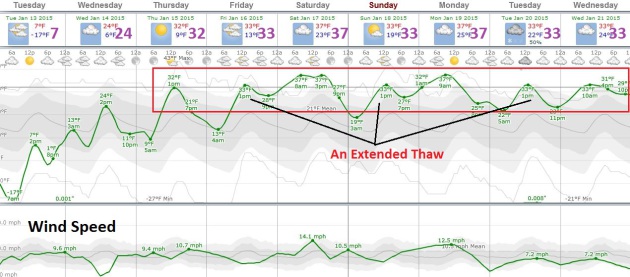
Cue The Hallelujah Chorus. Or a faint grin will suffice. It’s been a character-building spell of weather. I count 9 subzero lows since January 4 with one subzero daytime max. We’re due for a change in the cycle, and it’s nearly here. Highs top 30 from Thursday into much of next week, with little chance of significant snow looking out 7-10 days.
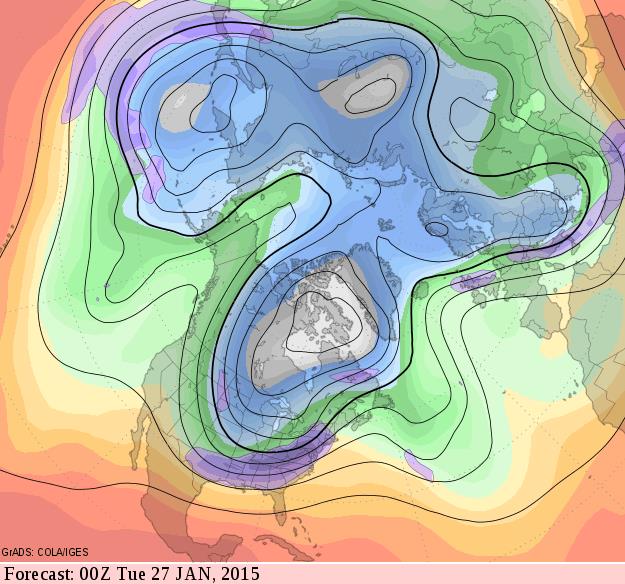
Ouch. If (and it’s still a big if) the 15-day GFS 500 mb forecast verifies we’ll be ending January on a very cold note, with temperatures possibly rivaling last week. It’s early to have any confidence in this extended outlook, but if the jet stream really buckles with a ridge building over the western USA and Canada we could be in for another subzero spell from late January into early February. Stay tuned.
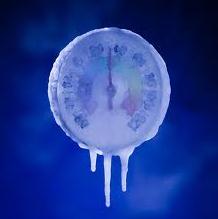
What It’s Like Living In The Coldest Town on Earth. I’m suddenly feeling a little better about our recent subzero spell after reading this story at WIRED. -90F air temperature? No competition there – you win. Not even close. Here’s an excerpt: “…Here arctic chill is simply a fact of life, something to be endured. People develop a variety of tricks to survive. Most people use outhouses, because indoor plumbing tends to freeze. Cars are kept in heated garages or, if left outside, left running all the time. Crops don’t grow in the frozen ground, so people have a largely carnivorous diet—reindeer meat, raw flesh shaved from frozen fish, and ice cubes of horse blood with macaroni are a few local delicacies…”

Extreme Weather Displaces Far More People Than War – And It’s Getting Worse. A story at VICE News had some statistics that made me do a triple-take; here’s an excerpt: “…Natural disasters displace three to 10 times more people than all conflicts and war in the world combined,” said Jan Egeland, head of the Norwegian Refugee Council (NRC). In a recent report, NRC found that in 2013 floods, hurricanes, and other natural disasters drove 22 million people out of their homes — three times the number of people displaced by war and twice as many as were displaced by extreme weather in the 1970s. The study also found that certain parts of the world were disproportionately affected by disasters: More than 80 percent of those displaced over the last five years lived in Asia...”

2015 Hurricane Season Predicted To Be “The Most Active and Dangerous In 3 Years”. We’ve had a very quiet 2-3 year period in the Atlantic, and my faith in long-range hurricane forecasting is at an all-time low, but under the heading of full disclosure here’s an excerpt from a press release at St. Lucia News Online: “Almost six months ahead of the 2015 hurricane season a Florida-based company is predicting a very active season. Global Weather Oscillations Inc. (GWO), a leading hurricane cycle prediction company, says: “The 2015 Atlantic Basic hurricane season will be the most active and dangerous in at least 3 years, and the next 3 seasons will be th most dangerous in 10 years…”

Wisconsin Tornado Path Visible From Space After More Than 7 Years – And In Snow. Here’s the intro to a story at The Weather Channel: “The path of a 2007 tornado is still visible from space more than seven years after it tore a path through a heavily forested portion of northeast Wisconsin. NASA’s Terra satellite took the image above on Saturday, Jan. 10, 2015, showing the narrow snow-covered tornado path aligned from the southwest to the northeast. For reference, Green Bay is located to the southeast. The EF3 tornado destroyed more than 14,000 acres of trees along a 40-mile-long path on June 7, 2007, according to the National Weather Service. The exposed path of the tornado compared to the the surrounding dense forest shows up bright white when snow is on the ground in the winter...” (Image: NASA).
Global Weather Oscillations Inc. (GWO), a leading hurricane cycle prediction company, says, “The 2015 Atlantic Basin hurricane season will be the most active and dangerous in at least 3 years, and the next 3 seasons will be the most dangerous in 10 years”.
– See more at: http://www.stlucianewsonline.com/2015-hurricane-season-predicted-to-be-the-most-active-and-dangerous-in-3-years/#sthash.MBSzPMBS.dpuf
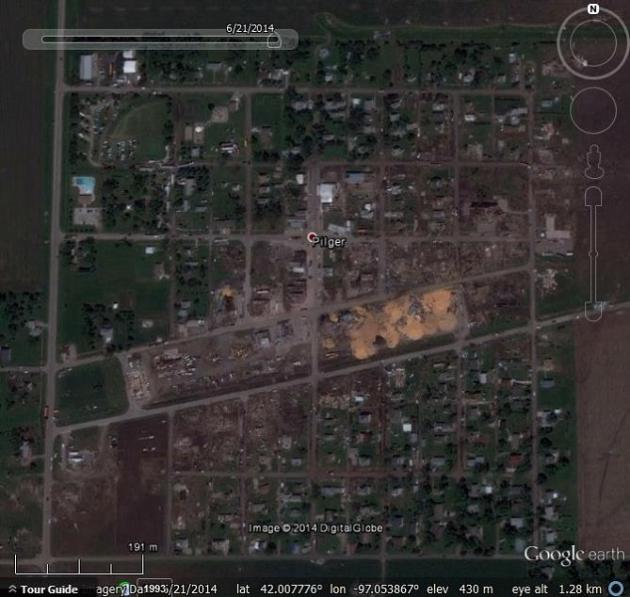
Tornado Damage In Google Earth. I stumbled upon an interesting article at the Google Earth Blog; here’s the intro: “We recently came across this article featuring Google Earth imagery showing the town of Pilger, Nebraska, before and after a tornado. After a bit of research, it appears that the newly added image is from October 14th, 2014 and shows the town in the early stages of reconstruction. There are, however, images in Google Earth’s historical imagery that show the town just days after the tornado hit. It also turns out that the tornado that hit Pilger was just one of an outbreak of tornadoes from June 16-18 of 77 tornadoes that caused two fatalities, numerous injuries and widespread damage over several states...”
Image credit above: “Pilger on June 21st, 2014, just days after the tornado.”

A Superb Halo Display. There are garden variety parhelia: rainbows, halos and coronas, and then there is the photo taken by Joshua Thomas in Red River, New Mexico, with a level of detail I’ve never (ever) seen before. Check out the details from the Amarillo office of The National Weather Service. Amazing.

“Affordable” Chevrolet Bolt Electric Vehicle Concept Has A Range of 200 Miles. I hope they build this – it seems like a terrific value if they can deliver this for 30K. Here’s an excerpt from Gizmag: “Two of the biggest obstacles to the widespread adoption of electric vehicles (EVs) have been their prohibitively high prices and limited ranges. Chevrolet’s new Bolt EV concept seeks to tackle both of these factors. It is designed to go 200 miles (322 km) per charge and cost from US$30,000…”

Snowman? No, We’ll Opt For A Massive Snowy Sea Turtle! Here’s a link to a story at Huffington Post via KARE-11: “Oh, you built a snowman? That’s cute. While you were busy getting into snowball fights over the holiday break, these brothers were busy turning their front yard in New Brighton, Minnesota, into a sea turtle — a massive one made of snow…”


TODAY: -25 windchill early. Bright sun. Winds: S 10. High: near 10
TUESDAY NIGHT: Partly cloudy, not quite as Nanook. Low: 6
WEDNESDAY: More clouds, not as cold. High: 24
THURSDAY: Gray sky, welcome thaw! Wake-up: 13. High: 32
FRIDAY: More clouds than sun. Better. Wake-up: 19. High: 34
SATURDAY: Clouds, flurries, cooler breeze. Wake-up: 24. High: 36
SUNDAY: Clouds increase, light snow late. Wake-up: 18. High: 34
MONDAY: Mostly cloudy, still above average. Wake-up: 23. High: 32
Climate Change
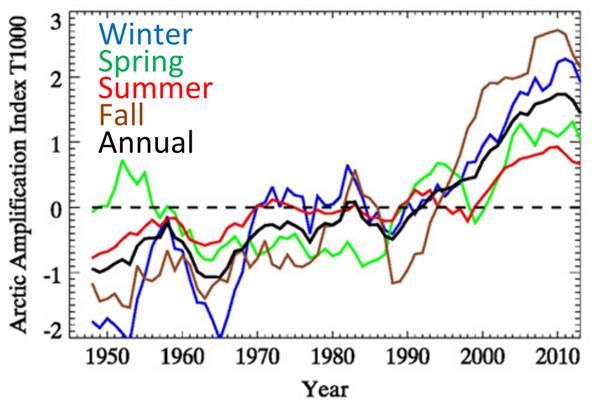

Not All Republicans Think Alike About Global Warming. There’s a growing schism between moderate (and younger) Republicans, and the Tea Party. Here’s the introduction to a fascinating story and recent poll from The Yale Project on Climate Change Communication: “The new Republican leaders in Congress have pledged to roll back the EPA’s proposed new regulations on coal-fired power plants – a key component of President Obama’s strategy to reduce global warming. However, Republican voters are actually split in their views about climate change. A look at public opinion among Republicans over the past few years find a more complex – and divided – Republican electorate.…”

Vince Hatt: Global Warming Is National Security Threat. Here’s a snippet of an Op-Ed at LaCrosseTribune.com: “…If we respond with unselfishness and courage to this national security threat, they may consider us the greatest generation. If we do not, they may consider us selfish, short-sighted and stupid. What is this national security threat? Global warming. Who says so? The Pentagon. In its report, the 2014 Climate Change Adaptation Roadmap, the Pentagon states that the effects of global warming and climate change could very well lead to acute food and water shortages, waves of destitute refugees and violent fights over dwindling natural resources – a likelihood that should be viewed as an immediate threat to U.S. national security…”
However, Republican voters are actually split in their views about climate change. A look at public opinion among Republicans over the past few years finds a more complex – and divided – Republican electorate.
– See more at: http://environment.yale.edu/climate-communication/article/not-all-republicans-think-alike-about-global-warming/#sthash.LFXUkam9.dpuf
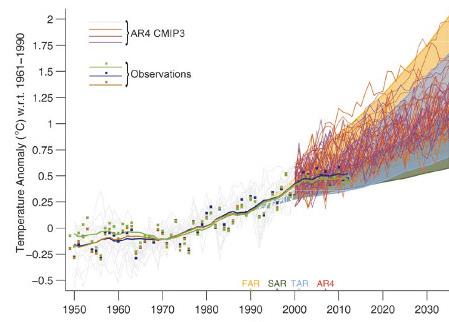
Good Faith In Scientific Messaging. Here’s an excerpt of a post from Aaron Huertas, writing for the Union of Concerned Scientists, that resonated. Climate scientists are continually attacked, their motives questioned by special interests and bloggers with an ideological ax to grind: “…Unfortunately, scientists have to deal with criticisms of their research from politicians, ideologues, industry groups and a peanut gallery of bloggers, too. When people from outside the scientific community attack research, they usually play by the rules of political campaigning (anything goes) rather than the rules of scientific discourse (you have to prove what you claim). In those cases, scientists need to be more careful. The people attacking them are often interested in undermining a scientist’s reputation, not learning or finding common ground...”
However, Republican voters are actually split in their views about climate change. A look at public opinion among Republicans over the past few years finds a more complex – and divided – Republican electorate.
– See more at: http://environment.yale.edu/climate-communication/article/not-all-republicans-think-alike-about-global-warming/#sthash.LFXUkam9.dpuf

